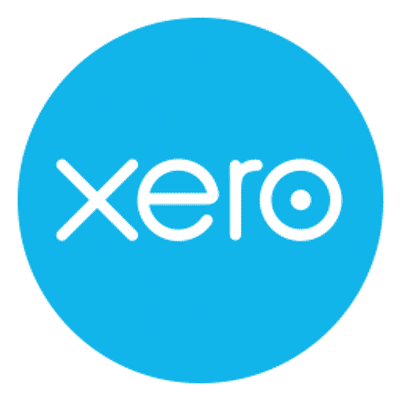TaxDome is a Accounting Software. TaxDome offers Tax Management, Revenue Recognition, Project Accounting, Payroll, Multi-Currency and many more functionalities.
Some top alternatives to TaxDome includes Quickbooks, Xero, Freshbooks, Zoho Books and TaxAdda PMS.
No, TaxDome doesn't provide API.
Yes, TaxDome provides a mobile app.
TaxDome is located in NA
TaxDome offers Free Trial, Subscription pricing models
Yes, TaxDome can integrate with
The starting price is not disclosed by TaxDome. You can visit TaxDome pricing page to get the latest pricing.
















